Thanks to reader Carlos in Spain, we have a manual on a very obscure Spanish self-loading rifle, the Sistema MR M1932, to share today. The only other information I have been able to find on this experimental design was a brief two-page document in an archive, and this manual sheds a lot more light on the rifle, even with my limited Spanish.
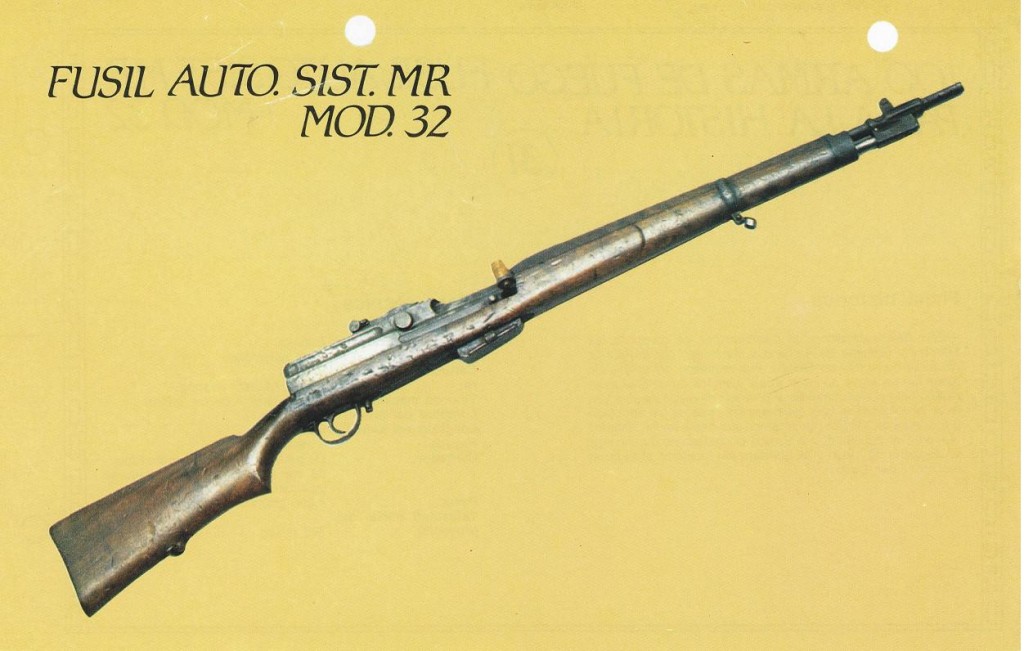 The rifle was designed by two officers at the Oviedo arsenal (which you may recognize from the markings on many Spanish Mauser rifles) by the names of Mariñas and Ramirez de Arellano in 1932. It was chambered for the 7x57mm Mauser cartridge, which was standard for the Spanish armed forces at the time, and held 10 rounds in a double-stack box magazine (reloaded by stripper clips).
The rifle was designed by two officers at the Oviedo arsenal (which you may recognize from the markings on many Spanish Mauser rifles) by the names of Mariñas and Ramirez de Arellano in 1932. It was chambered for the 7x57mm Mauser cartridge, which was standard for the Spanish armed forces at the time, and held 10 rounds in a double-stack box magazine (reloaded by stripper clips).
As one can tell by the gas tube under the barrel, the mechanism is gas operated. What wasn’t clear before I had a chance to see the manual Carlos sent was that the mechanism is actually a gas-trap one, like the Danish Bang and the first production M1 Garands.
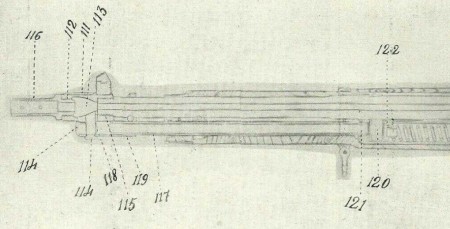
The introduction to the manual suggests that while rapid firepower is beneficial, it has to be balanced against the logistical ability to supply troops with sufficient ammunition. The M32 rifle was intended to be issued to a small number of particularly skilled riflemen in each unit to supplement the firepower of the Mauser-armed troops. Not a bad plan, really.
I have not quite been able to work out what the bolt locking system was – Google Translate and my own Spanish just aren’t quite up to the task – perhaps someone more fluent can help out?
The manual (it’s a section on the M32 taken out of a larger document) is available for download in PDF format here:
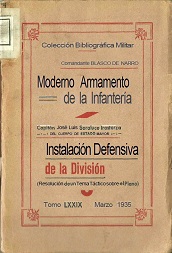

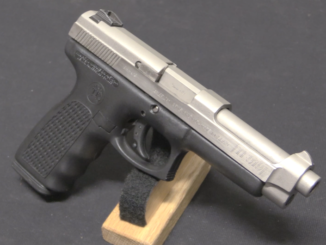
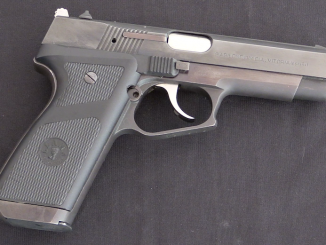
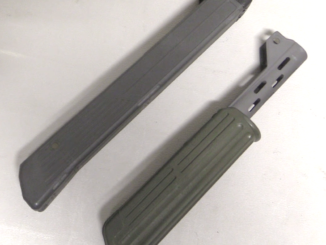
The magazine looks like a Schmidt rubin 1911 series. Can you remove it for cleaning purpose ?
It will be interesting to know if some prototypes saw combat during the spanish civil war and if they worked better than the first M1 Garand ( or had the same issues ).
The magazines were detachables, and in two variants: 5 and 10 cartridges. And you could also use ordnance Mauser stripper clips, holding the bolt back using a catch on the right side of the receiver.
Could you eject the stripper clips by slamming the bolt, or is that a bad idea?
Nothing about it is said in the manual, but I think it would be not a good idea. Just discarding it like in a bolt Mauser would be the correct manner. No big gain in doing it other way, don´t you think? Why change and add a risk of malfunction?
Well, in the case of a Mauser action, slamming the bolt is a valid way of removing a clip during battle. It was shown on Youtube, honest!
Andrew, you are totally right. I can add that it is said in the text that to free the bolt from its catch after reloading the magazine, you have to retract it slightly and release the handle, so slamming the bolt manually has no sense in this case because the closing action is accomplished by the recoil spring. Anyway, I´m afraid we´ll never know much more if no specimen or further documentation appear.
Georges, we cannot rule out the possibility that some MR Modelo 32 prototypes saw some use during the Civil War, but it seems a bit unlikely given the very, very small number made.
I understand the gun was tested by the Spanish Army and found to be a good performer. The arsenal where it was developed was given clearance to propose it for export. The rifle was demonstrated before a Portuguese delegation that visited the small arms section of the Trubia complex in 1934. The Portuguese officers marvelled at the gun, but also considered – much like their conservative Spanish colleagues, I suppose – it to be a potential ammo “waster” and too complex and expensive to be handed over to illiterate peasant conscripts… The rifle was forgotten afterwards, the whole project ended up shelved. As a matter of fact, the Spanish army never fielded a semi-auto rifle and made (like its Portuguese counterparts) a direct transition from bolt action Mausers to modern select fire battle rifles.
Considering the displacement between the true muzzle and the gas trap’s “flash hider,” for lack of a better term for the false muzzle, is there a chance that some inexperienced soldier would end up wrecking the device from flinching due to recoil (the bullet impacting where it really shouldn’t-in the cup)?
Anyways, one would hope that the gas trap is easily removable for cleaning and that the cleaning procedure doesn’t require lots of fiddly tools or parts…
No mater how “fast” the shooter flinches,the bullet isn’t going to do that. It can’t “yaw” that quickly between leaving the “true” muzzle at the rear of the gas trap and going into the “false” muzzle section ahead of it.
Inaccuracy due to flinch is caused by misalignment of the barrel at the moment the bullet leaves the last section before hitting the open air, be it muzzle or whatever.
I find revolvers a great cure for flinching in neophytes. After an empty cartridge or two has shown them that they do, in fact, flinch, they tend to buckle down and learn hos to stop doing it.
cheers
eon
Basically it is a gas operated rifle, that instead of drilled ports uses a separate gas expansion chamber threaded to the muzzle. It employes a long recoil piston linked to the bolt via twin rods. The bolt is locked to the bottom of the receiver using an intermediary swinging piece.
In a slightly more detailed description: The rifle is gas operated, with a stationary barrel that instead of drilled ports uses a separate part acting as a gas expansion chamber, grooved to dissipate heat and threaded on both ends: one linked to the muzzle, and the other to a compensator/flash hider. As it can be seen, it is linked to the gas cilinder beneath the barrel. The rifle uses a long recoil piston with a cup-shaped head, linked to a plunger (that holds the recoil spring), and this in turn to a collar with twin rods (running on both sides of the magazine well). The plunger with the recoil spring is “enclosed in an aluminium box to protect and guide its proper function” (and also to protect it from the barrel´s heat, I guess). The way from the piston head up to the bolt involves several parts pinned one to each other, that act as a single unit.
Finally, the gun uses a three-part bolt:
– a cilinder shaped main part that holds the striker, extractor, etc
– a U-shaped intermediary part that locks the bolt into recesses at the bottom of the receiver.
– a slide part linked to the gas piston via twin rods, that command the back-and-forth motion of the bolt and the swinging action of the intermediary locking piece.
it looks like it has rear locking lugs one of which is visible in the crossection of brech area
Thanks for posting this! There is a brief paragraph in Rifles of the World, 4th Edition, on page 360 but this is much more information than I’ve been able to dig up. It looks like Georges Abitbol is right, that looks quite a bit like a Schmidt-Rubin magaizine. Also interesting is that the rifle stock looks very similar to that of the Mondragon Model 1908 self-loader. These two facts suggest to me that the designers may have taken a look at various Swiss produced rifles.